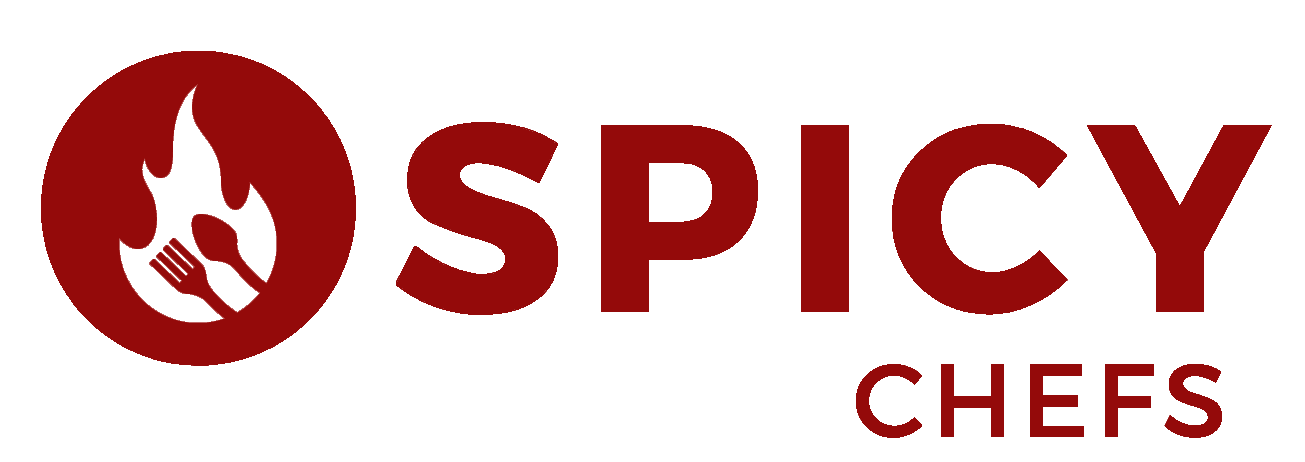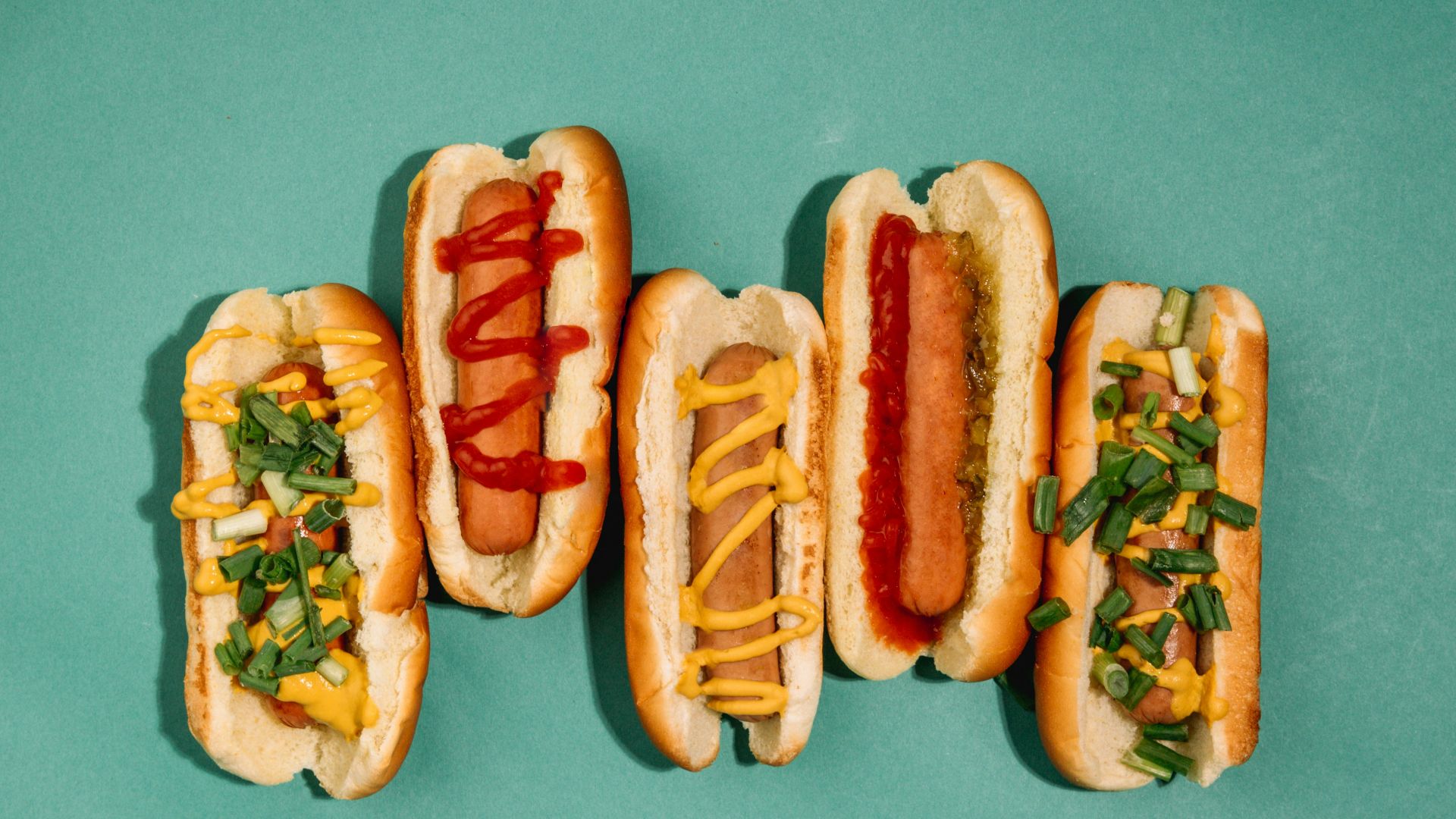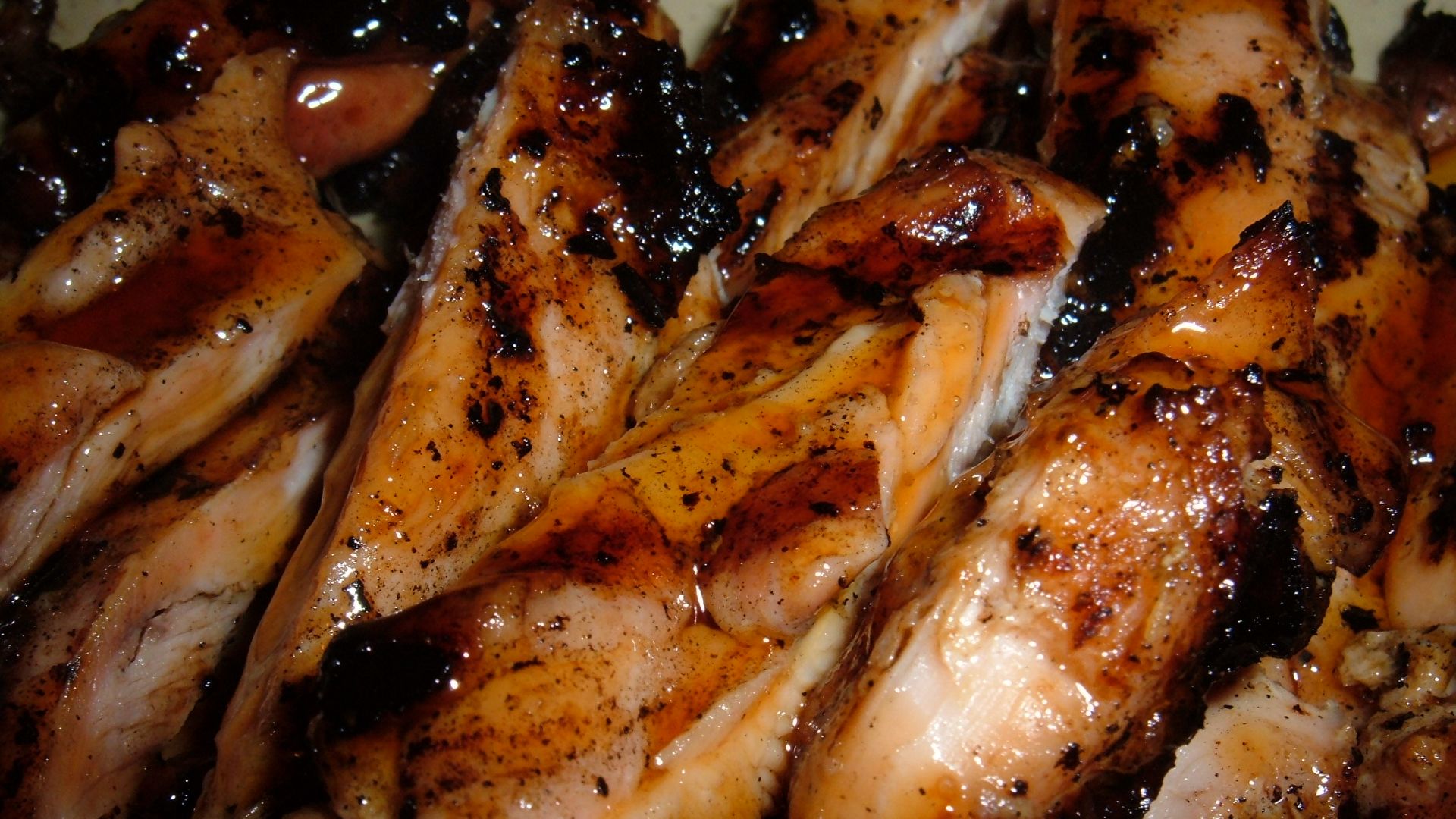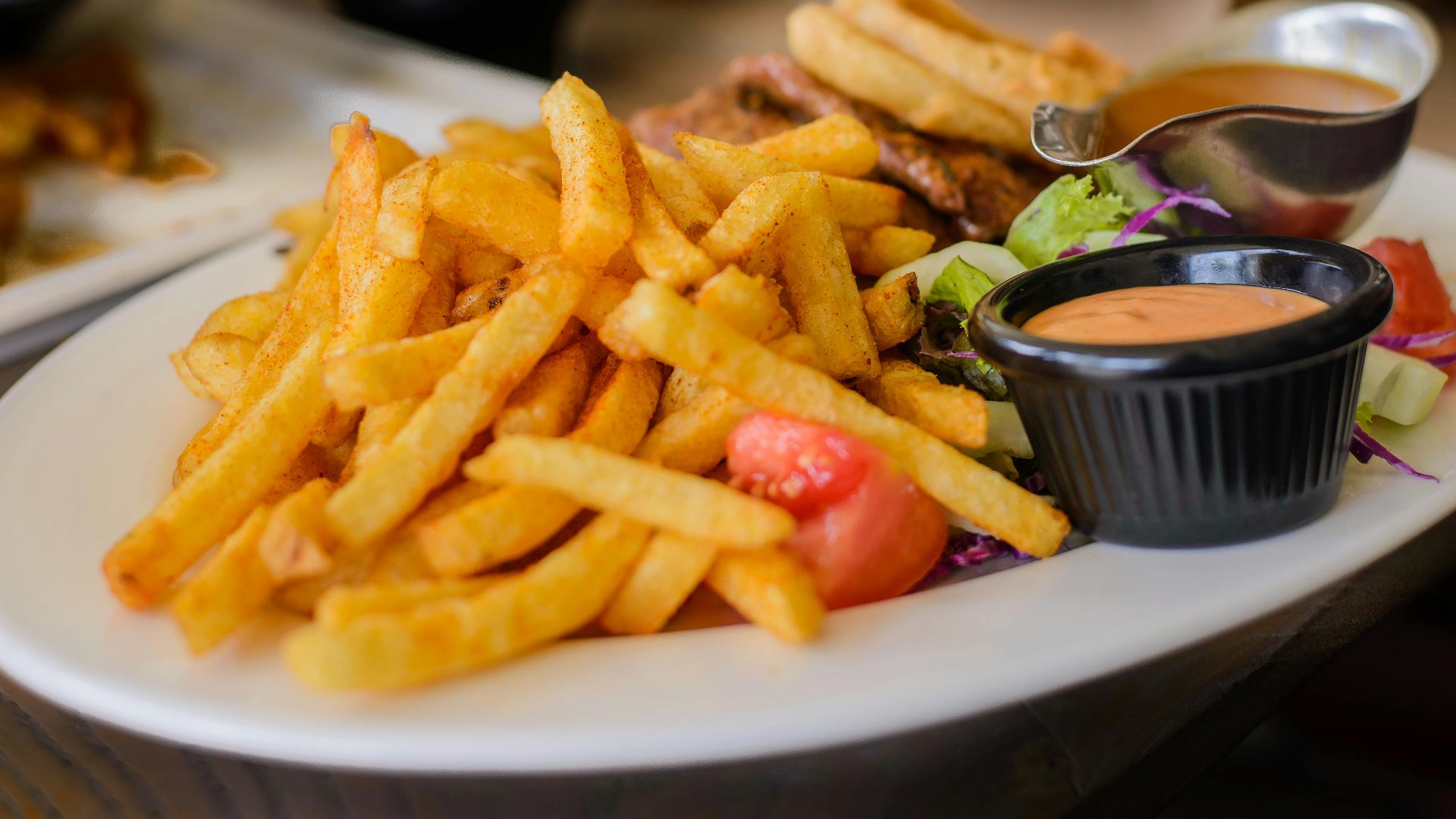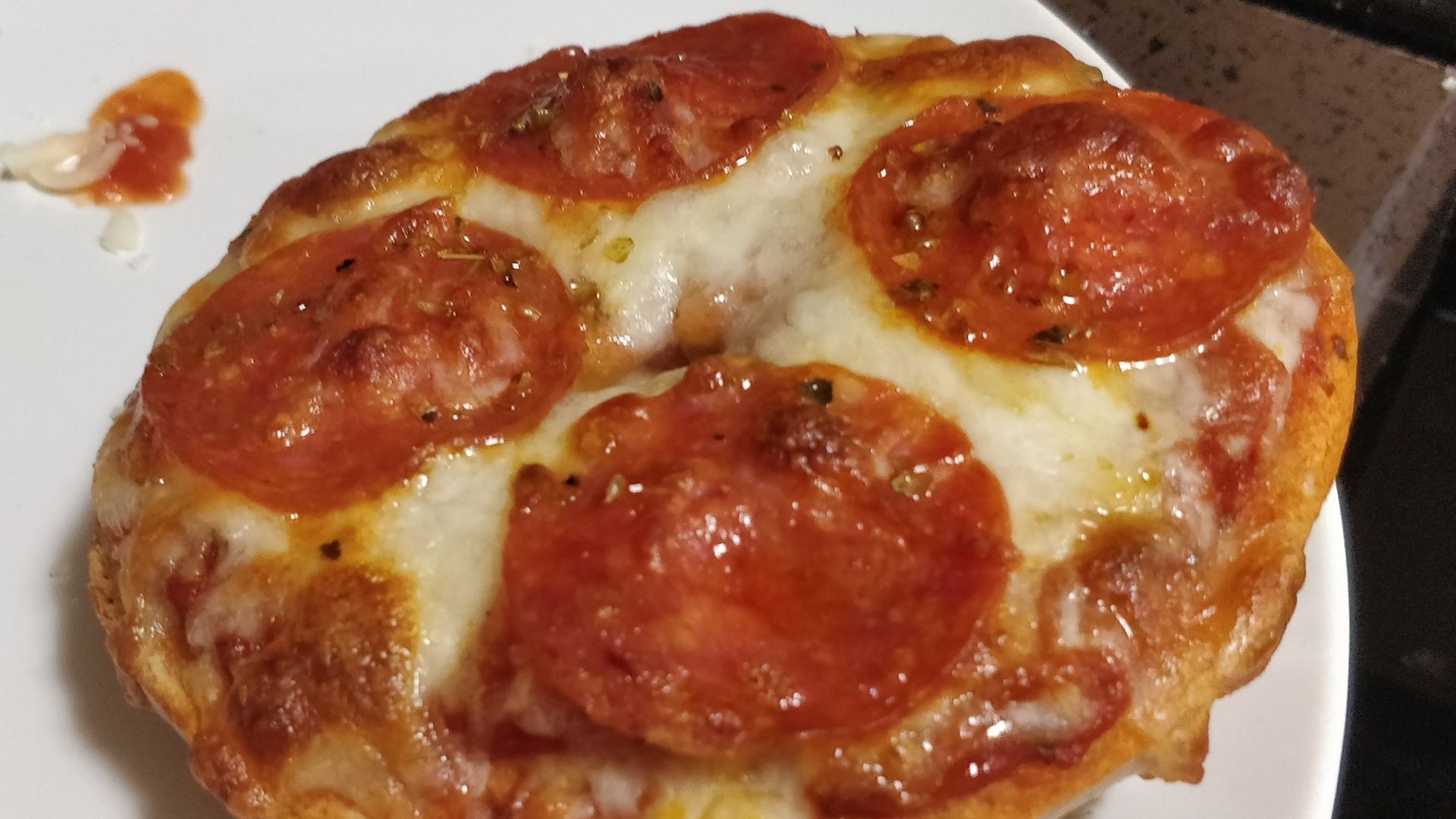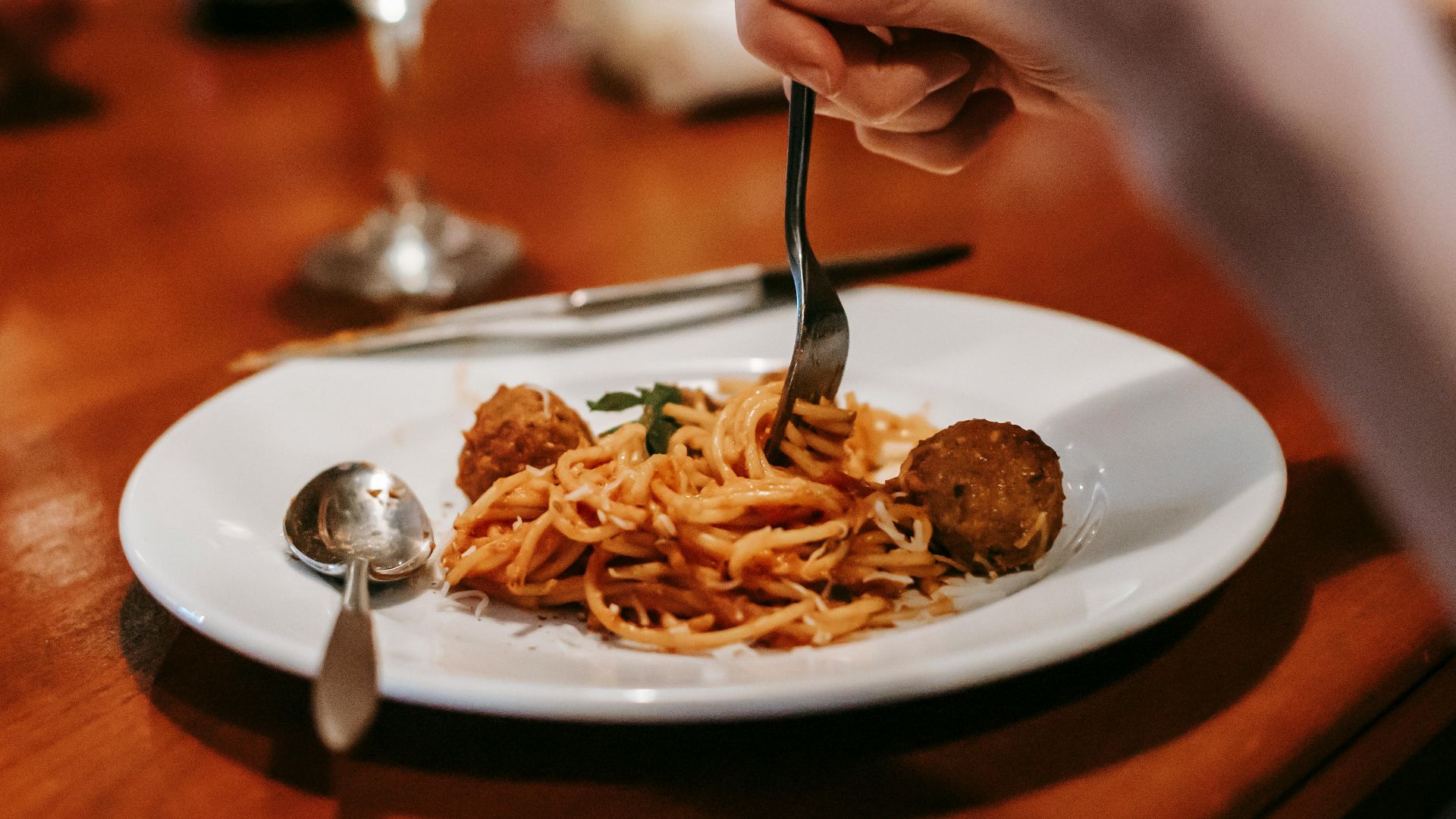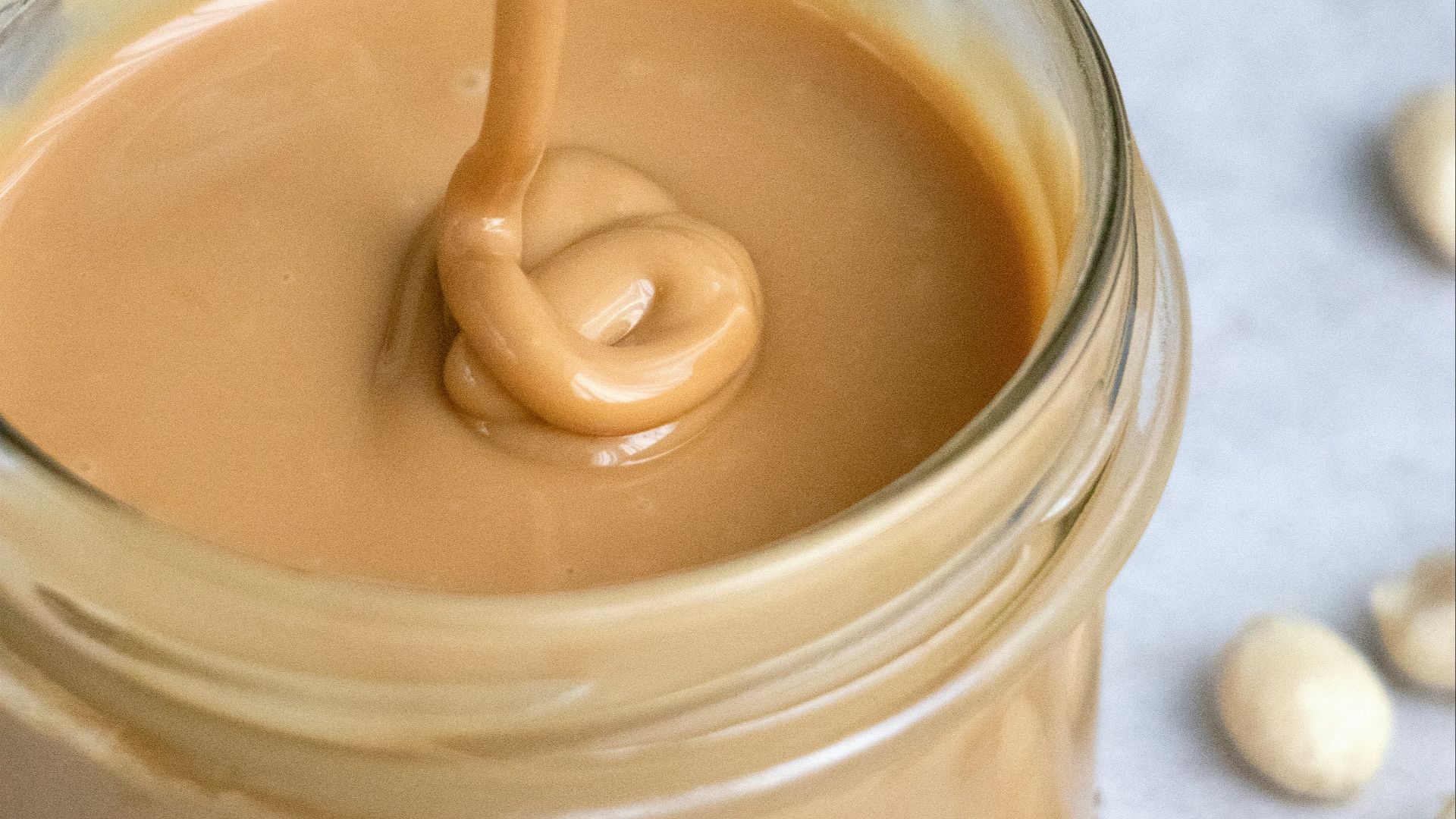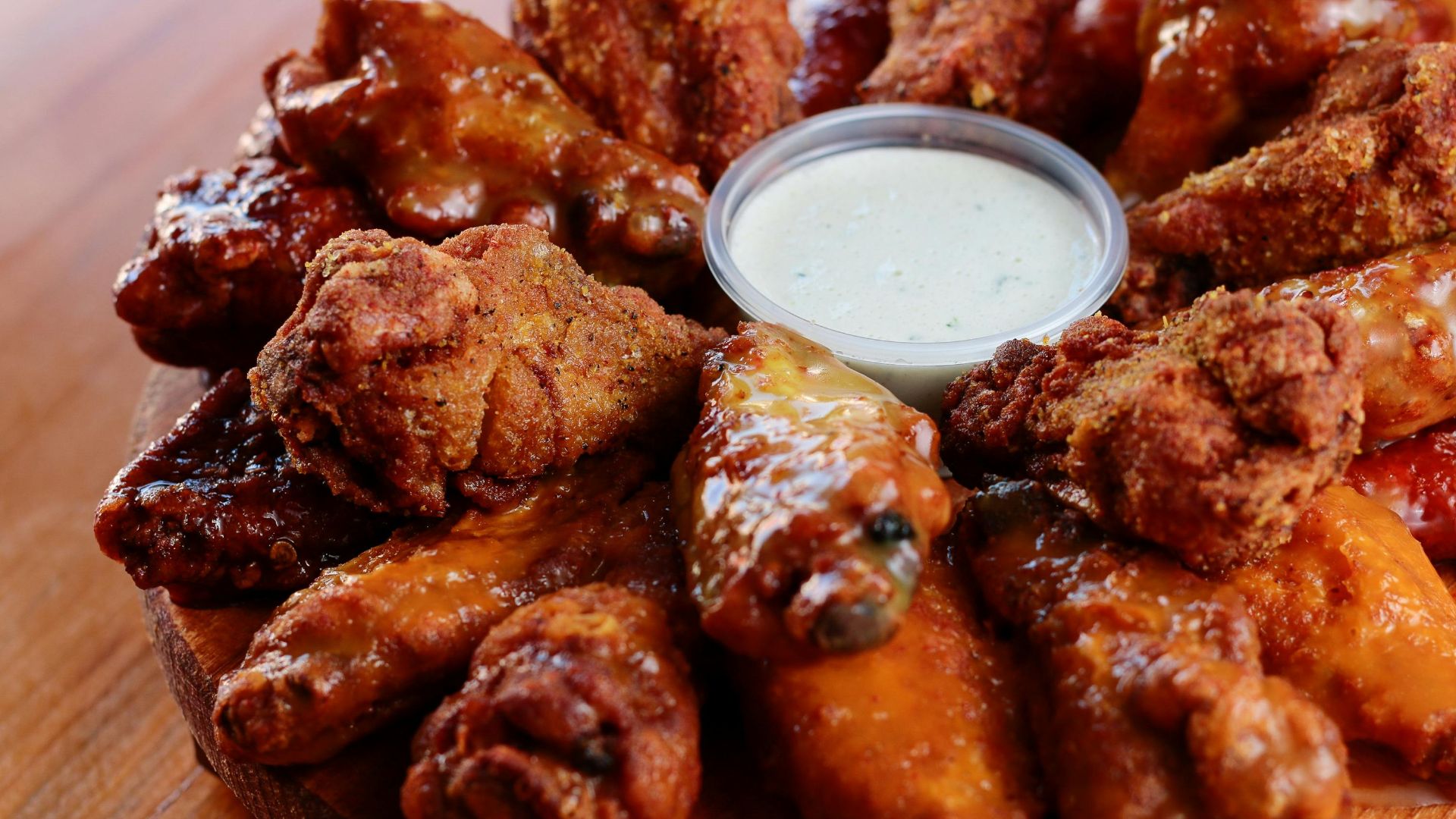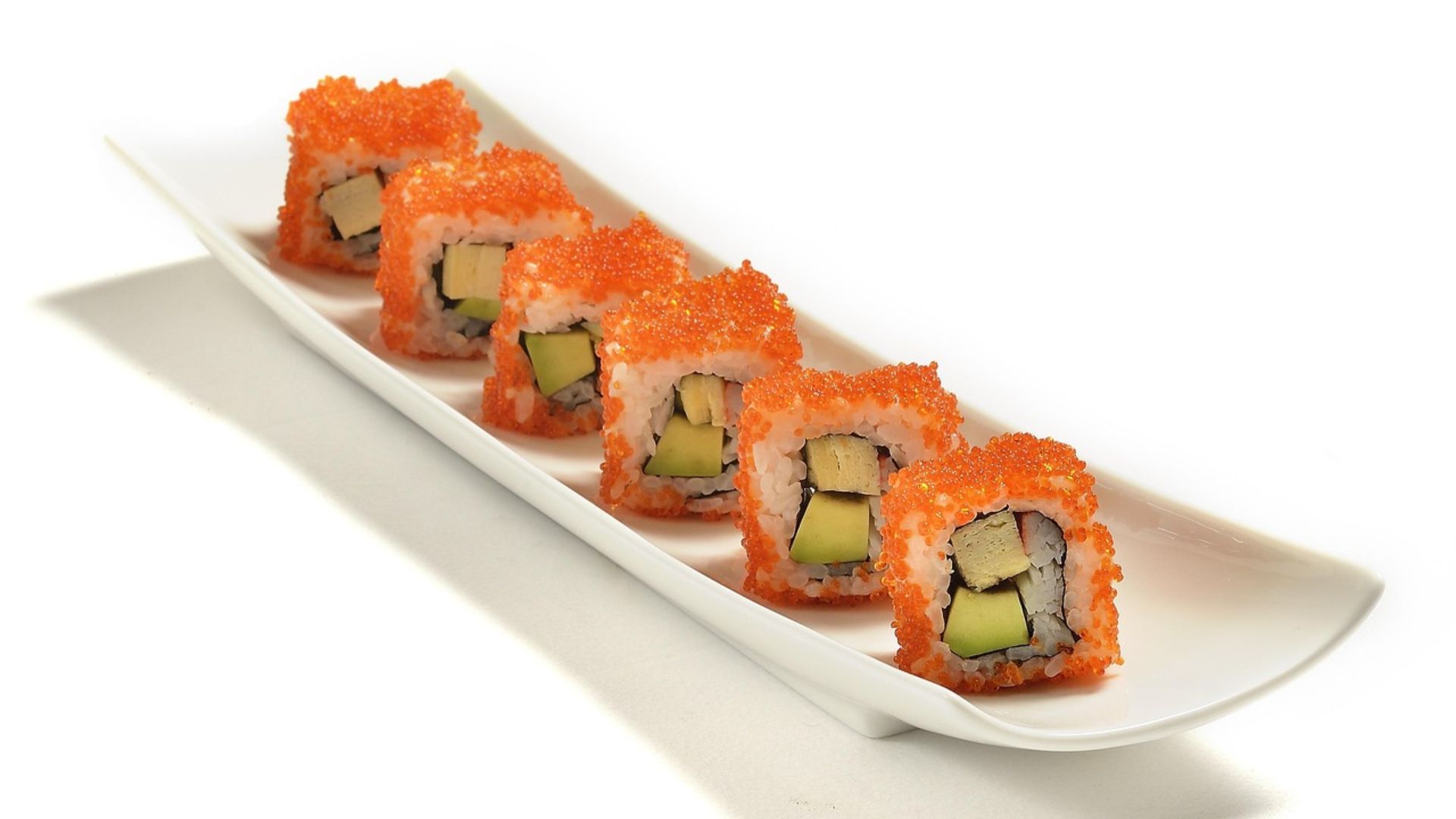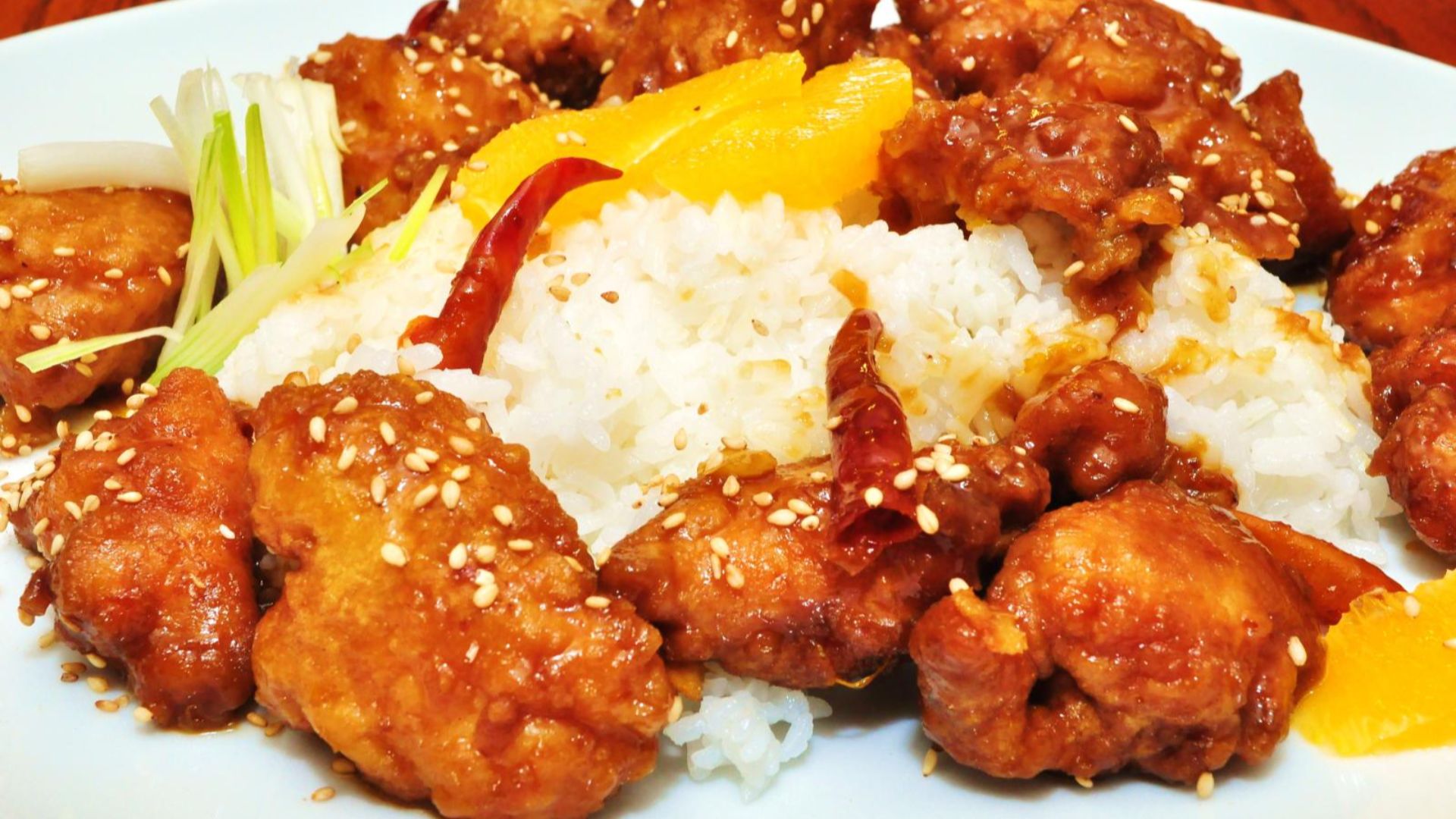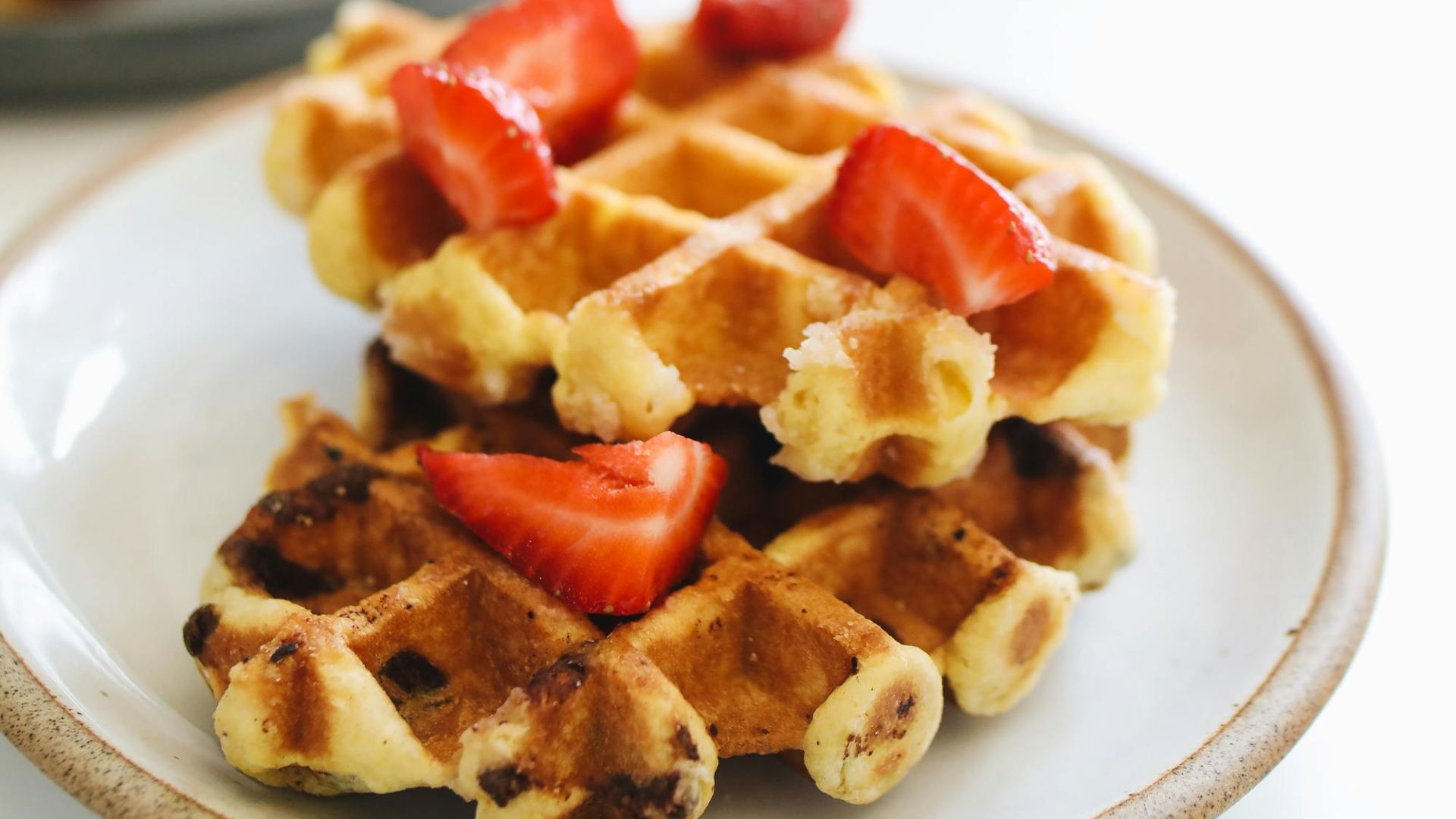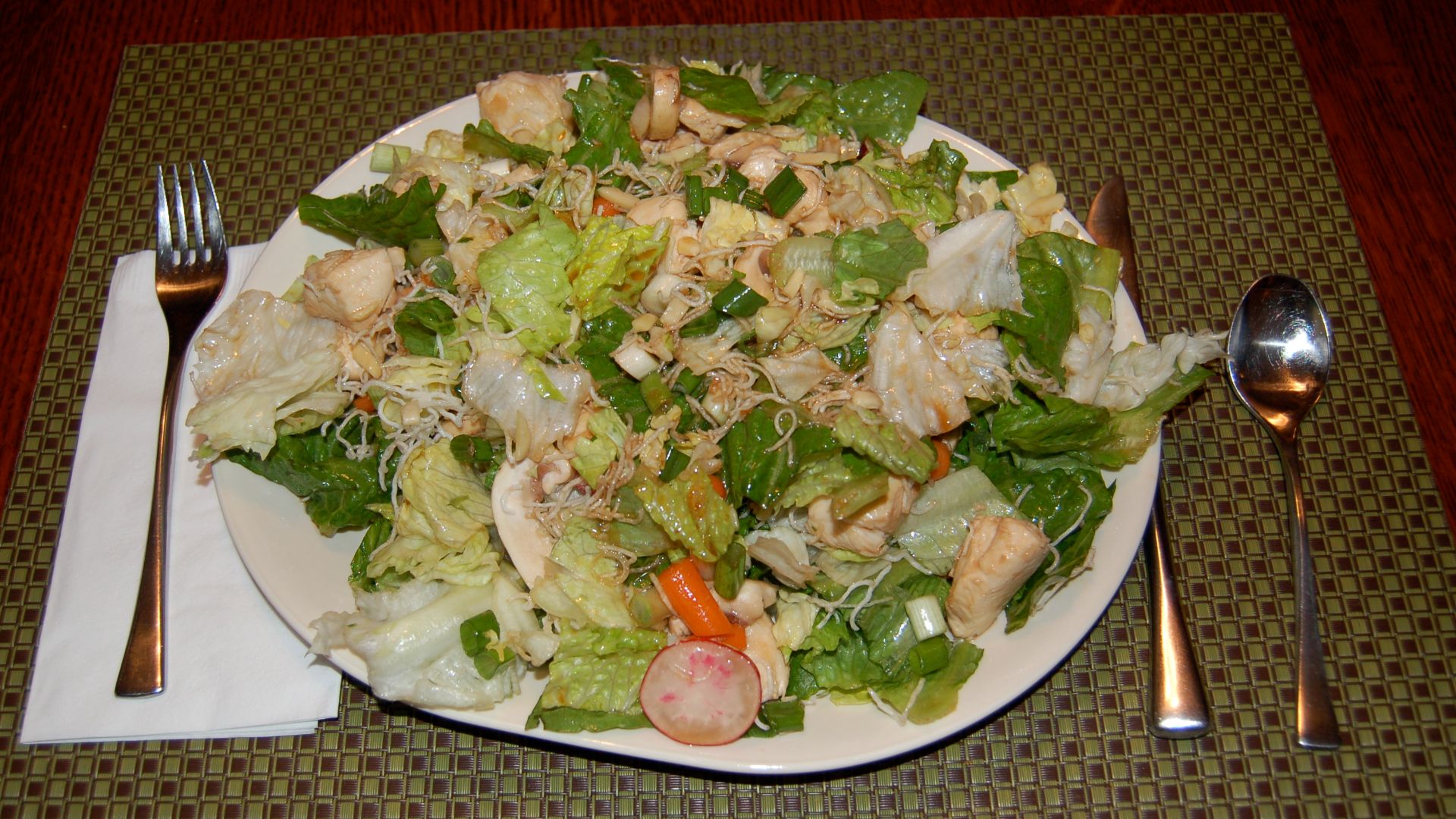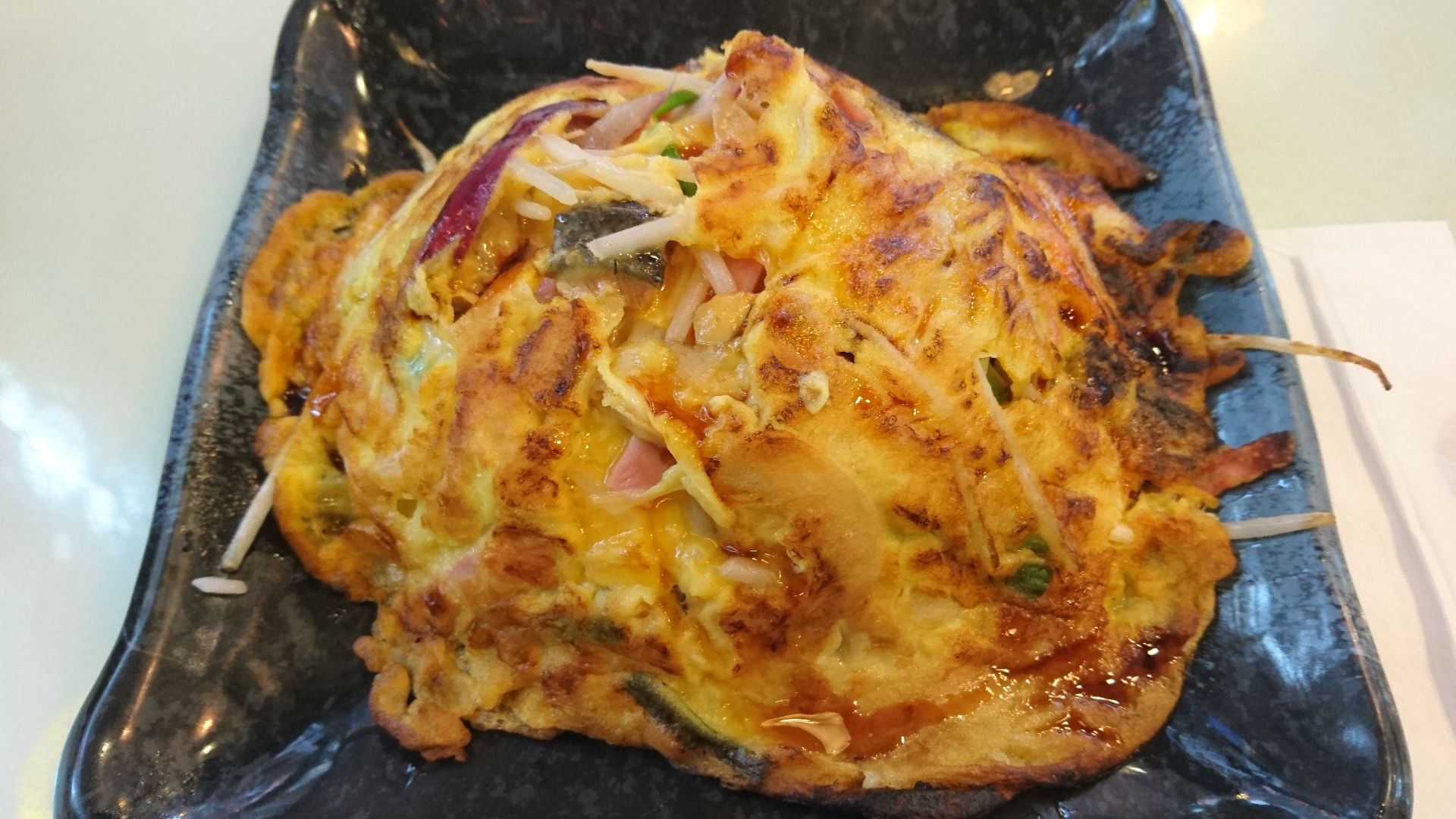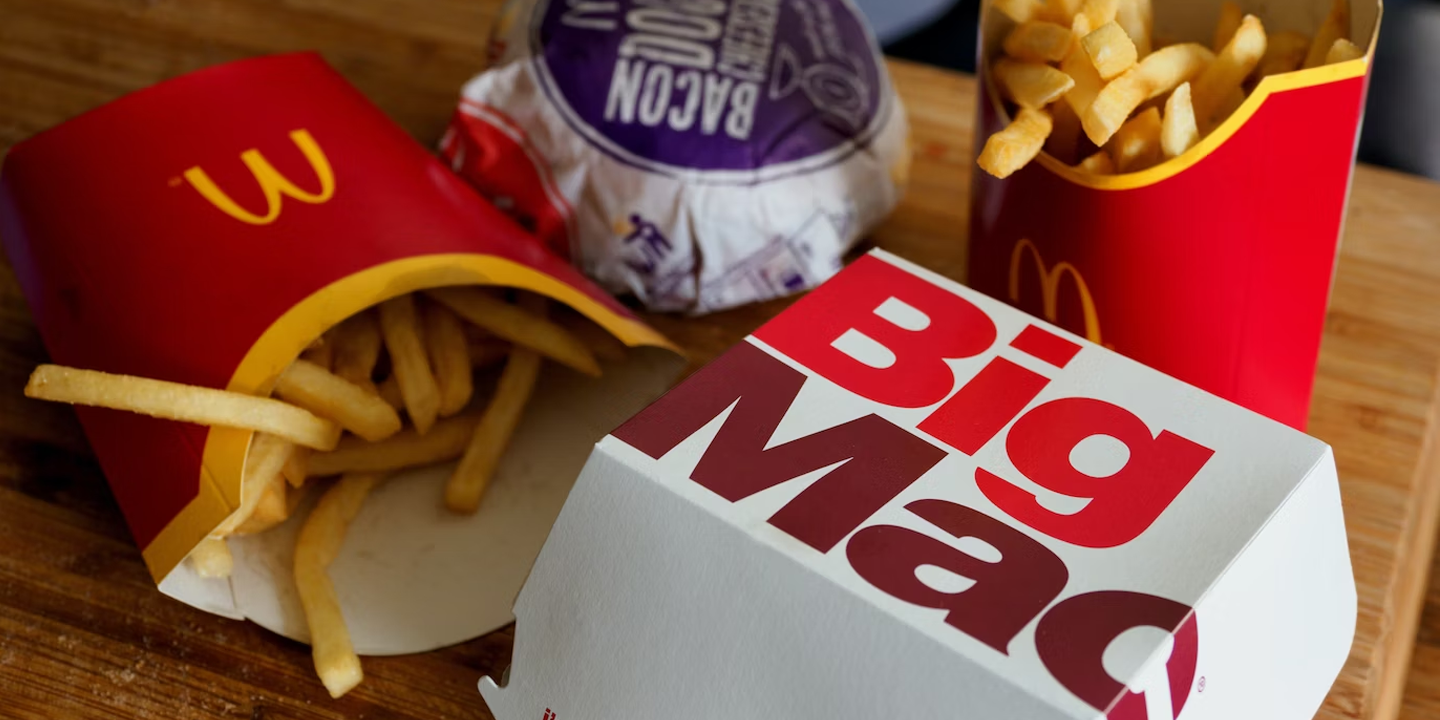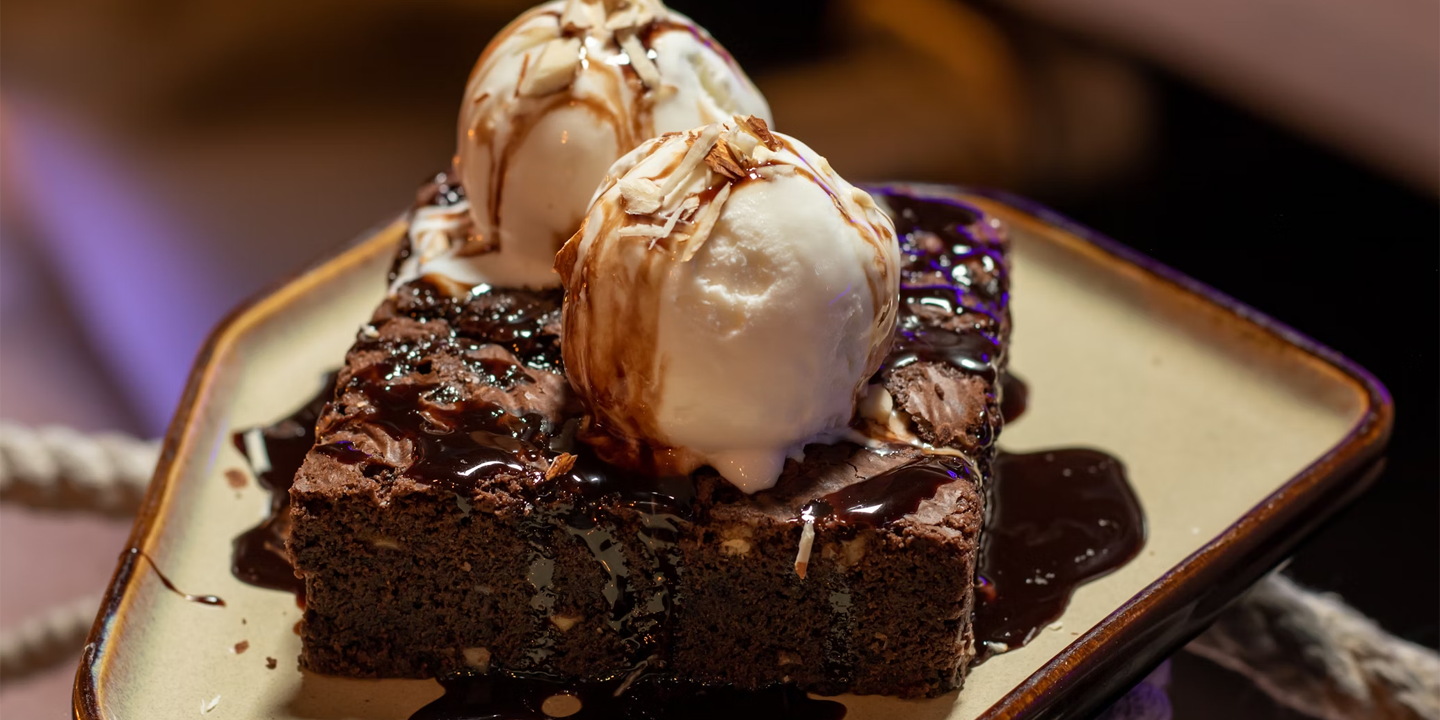Homeland Flavors With Foreign Roots?
Here's a mind-bending food fact: your favorite "American" dishes might be carrying foreign passports! It turns out that some of our most cherished recipes started their journeys in distant kitchens before landing on our plates here in the good ol' US of A. These are 20 foods you thought were American that might just make you question everything you know about American cuisine!
1. Apple Pie
Surprised to see apple pie on the list? Well, British bakers were already baking these fruity delights back in 1381. Queen Elizabeth I even dabbled as a pastry expert, gifting us that iconic lattice top. The American twist? It all started with WWII soldiers craving a taste of home.
 Diliara Garifullina on Unsplash
Diliara Garifullina on Unsplash
2. General Tso's Chicken
In 1955, chef Peng Chang-kuei crafted this dish in Taiwan while cooking for an admiral. Named after a Hunanese military leader, it wasn't sweet originally. When Peng moved to New York in 1973, he adapted the recipe to fit American tastes, adding sugar and reducing spiciness to create today's version.
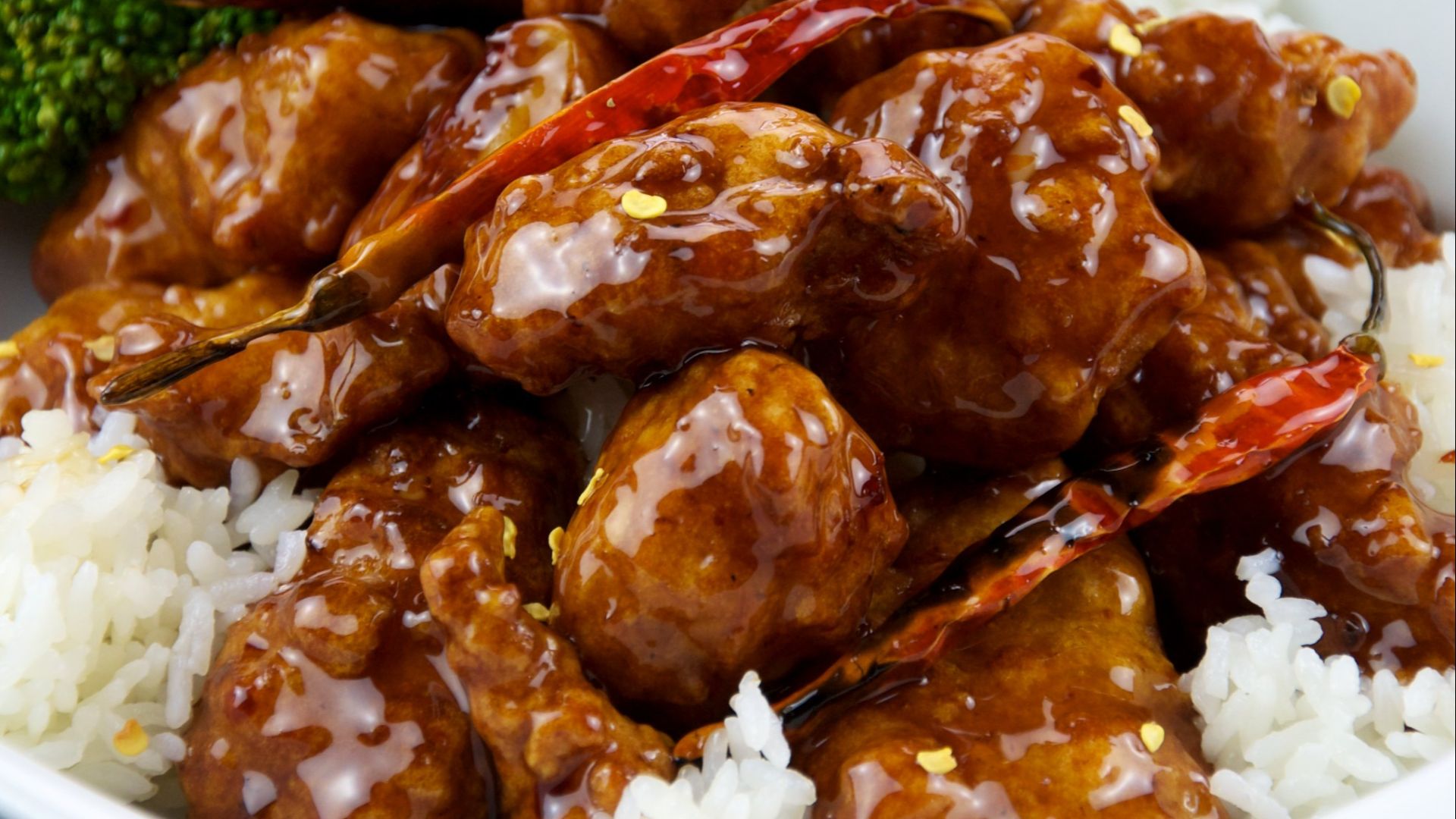 Evan Joshua Swigart (TheCulinaryGeek) on Wikimedia
Evan Joshua Swigart (TheCulinaryGeek) on Wikimedia
3. Hot Dogs
It all began in 13th-century Frankfurt when butchers created "frankfurters" as their signature sausage and served them at royal coronations. German immigrants brought them to America in the 1800s, after which Handwerker, a Polish immigrant, made them famous by selling them for 5 cents on Coney Island.
4. Chicken Teriyaki
While Seattle claims fame for popularizing teriyaki joints, this glazed dish takes us back to 17th-century Japan. The word "teri" refers to the shine coming from the glaze, and "yaki" means grilled. Japanese immigrants in Hawaii tweaked it using local pineapple juice before it reached mainland America.
5. French Fries
Belgian street vendors were frying potatoes in the 1600s when the Meuse River froze, preventing fishing. The fun part is that American soldiers in WWI dubbed them "French" fries only because French was the formal language of the Belgian army. The confusion stuck, and Belgium's national dish became forever misnamed.
6. Hamburg Steak
In the 19th century, Hamburg's port was known for its premium meat. Other ports received "Hamburg-style" steaks from German ships. After the beef was minced with onions and garlic, it was smoked. This preparation, which gave rise to hamburgers, was brought to American ports by German sailors.
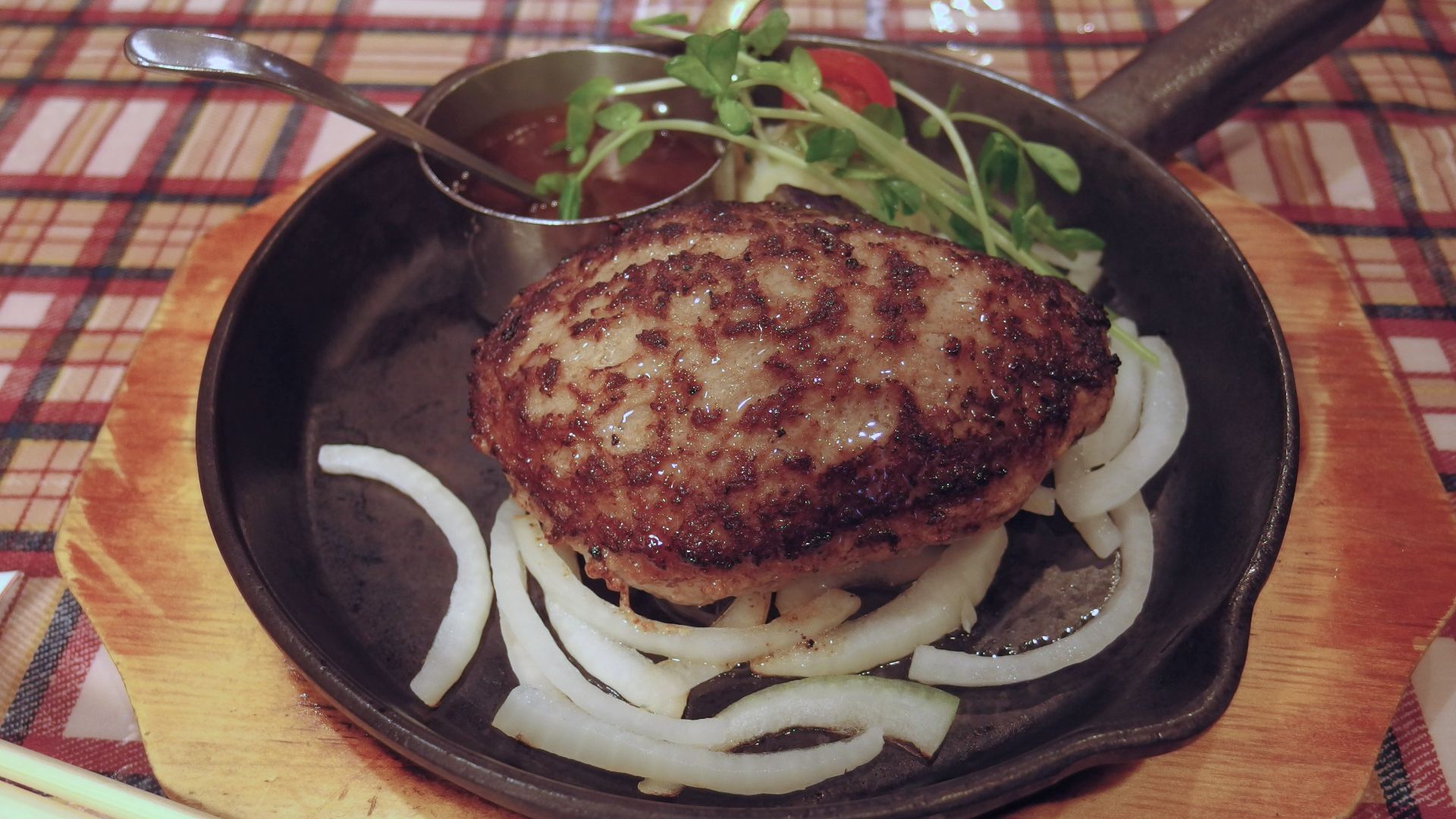 pelican from Tokyo, Japan on Wikimedia
pelican from Tokyo, Japan on Wikimedia
7. Pizza Bagels
Your yummy hybrid snacks emerged from Italian-Jewish connections in New York's Lower East Side. Jewish bakers learned pizza-making from their Italian neighbors in the 1960s. In fact, Harry Moskovitz of Avenue M Bagels in Brooklyn claims to have invented them after watching his son dip bagels in marinara sauce.
8. Spaghetti And Meatballs
Traditional Italian cooking didn't mix these ingredients until Italian immigrants came to America and made this dish. In Italy, meatballs are usually served separately, often as a standalone dish, and are way smaller. Because they had plenty of meat and wanted affordable, filling meals, this Italian-American twist was said to be born.
9. Peanut Butter
Archaeological evidence shows that the Aztecs made peanut paste as early as 1500 BCE. So, modern peanut butter's breakthrough only came when Dr. Ambrose Straub patented a peanut butter-making machine in 1903. Interestingly, it was initially marketed as a protein supplement for people who couldn't chew meat!
10. Buffalo Wings
No, the Anchor Bar in Buffalo didn't create these wings in 1964—they were actually inspired by Vietnamese fish sauce wings. Owner Teressa Bellissimo adapted the Asian preparation method when she needed to feed her son's hungry friends late one night, crafting an accidental masterpiece that became an American staple.
11. California Roll
Would you believe this sushi sensation was born in Vancouver? Chef Hidekazu Tojo made it in the 1970s for customers who were unsure about raw fish. He flipped the roll inside out to hide the nori and used cooked crab to ease Western palates. The 'California' name stuck because it represented Western-style fusion.
12. Cheesecake
Ancient Olympic athletes powered up on cheesecake in Greece around 776 BCE, with the first recorded recipe coming from the writer Athenaeus. The New York style we know today? That's thanks to German immigrant Arnold Reuben, who experimented with cream cheese after tasting cheese pie at a party.
13. Swiss Rolls
These delightful spirals originated in Austria during the Habsburg Empire. Called 'Biskuitroulade' in their homeland, British bakers adopted and renamed them in the 1800s. The 'Swiss' name was purely marketing as Europeans associated Switzerland with high-quality products, even if they weren't Swiss at all.
14. Orange Chicken
Another takeout favorite started as "chen pi ji" in Hunan province, using dried orange peel for a subtle citrus kick. Panda Express chef Andy Kao reimagined it in 1987, making it sweeter and saucier for American tastes, but of course, the original Chinese dish was the inspiration for this one.
15. Belgian Waffles
What was known as "Brussels Waffle" debuted at New York's 1964 World's Fair, but Belgian bakers had been making them since the Middle Ages. Maurice Vermersch changed the name to "Belgian Waffles" because Americans weren't as familiar with Brussels. Note that the original recipe used yeast dough, not baking powder.
16. Danish Pastries
Danish pastries actually have their origins in Austria. They call it 'Plundergeback'. Danish bakers learned the technique when Austrian bakers filled in during an 1850s bakery strike in Copenhagen. The pastries became known as 'Copenhagen pieces' in Denmark but were marketed as 'Danish pastries' abroad.
17. Graham Crackers
Did you know that Reverend Sylvester Graham created graham crackers in the 1830s? He thought that eating bland foods would help keep those desires in check and encourage better behavior. The original graham crackers were made from unsweetened whole wheat and were pretty tasteless—nothing like the honey-sweetened versions.
 Leslie Seaton from Seattle, WA, USA on Wikimedia
Leslie Seaton from Seattle, WA, USA on Wikimedia
18. Chinese Chicken Salad
Despite its popularity in American Chinese restaurants, this crunchy salad goes back to Hong Kong's Western-influenced restaurants in the 1960s. Master chef Lee Wook Sup prepared it for expatriates seeking lighter options. When Wolfgang Puck tasted it during his travels, he brought the concept to California.
19. Egg Foo Young
This fluffy omelet was initially born in Shanghai's Cantonese restaurants in the 1800s. Called "Fu Yung Dan," it was a popular breakfast dish among British traders. Chinese railway workers brought it to America, where it grew into the gravy-topped version we know today.
20. Croissant Donuts
While the cronut craze exploded in New York, French bakers had been making "croissant frit" (fried croissants) since the 1930s. Parisian baker Ginther documented these treats in his recipe books. The modern hybrid gained fame in America, but the technique of frying laminated dough originated in French patisseries.
KEEP ON READING
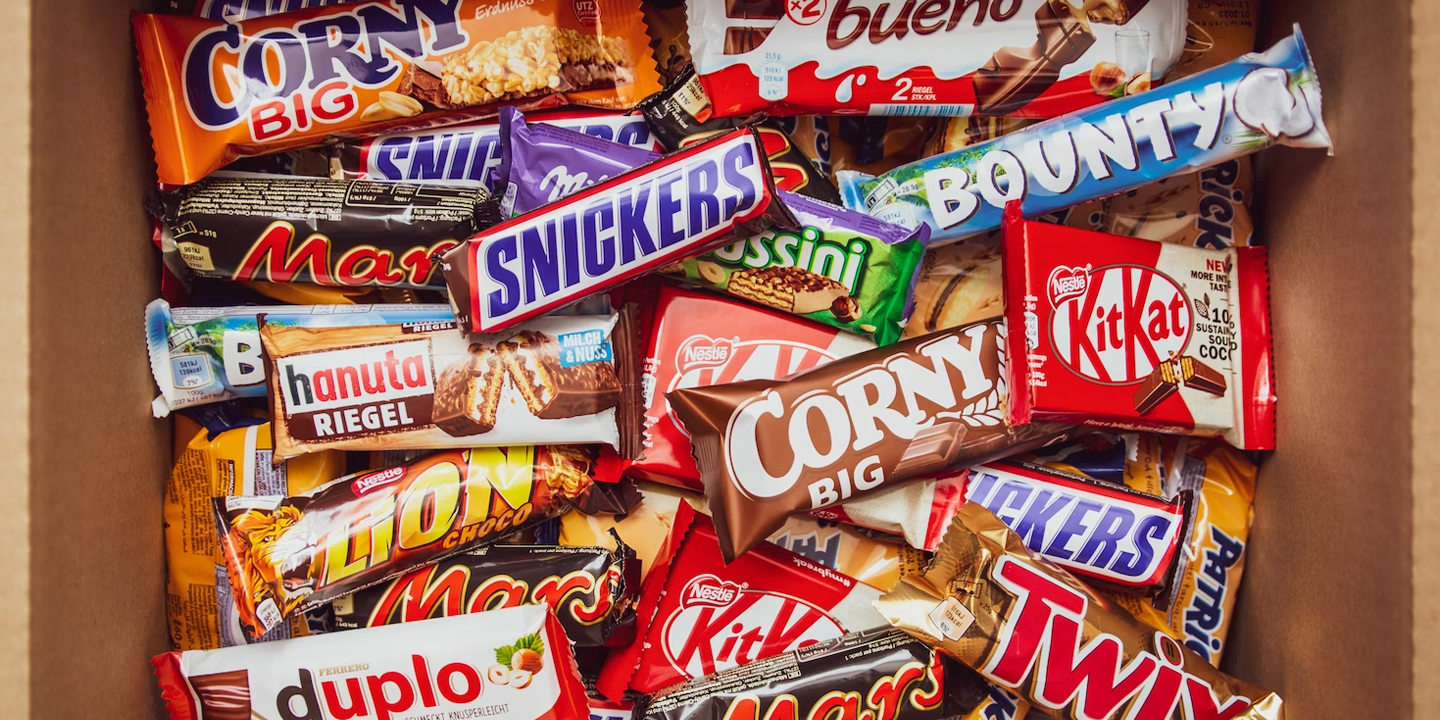
The Most Popular Chocolate Bars in the USA

The Most Popular Candies in the USA

